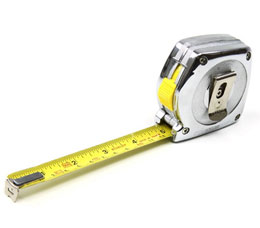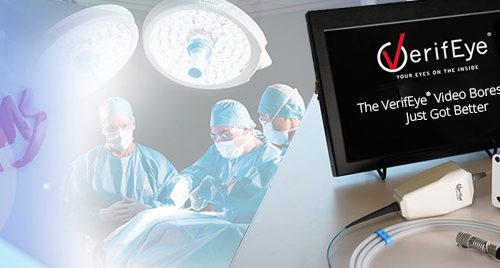Measuring Your CS Department Success
If your instruments aren’t clean, then nothing else matters.
Here’s a few suggestions from John Kimsey – National Director, Professional Services on how to measure your CS department’s success.
 Having a background in lean and operational consulting, I like to look at measurements in three categories:
Having a background in lean and operational consulting, I like to look at measurements in three categories:
- Outcomes
- Process
- Waste
Outcome Metrics
Outcome metrics measure the final product or service and how well we met Customer requirements. Outcome metrics are the most common form of measurements and usually the easiest to track. Examples include instrument set quality, complete instrument sets, complete case carts, and Customer satisfaction.
Process Metrics
Process metrics measure how well the internal process is functioning and meeting internal requirements. Examples include OR compliance in returning the trays correctly to CS, internal backlogs in CS, staff compliance to standard work, timely and accurate task completion, and staff productivity.
Waste Metrics
Waste metrics measure exactly that – waste within the department. Examples include rework, returned unused items, phone calls, and time spent looking for “lost” instruments.
Once you’ve agreed on the metrics you’ll use to measure your department’s success, be sure that each measurement has a goal for what good looks like. This can be as simple as striving for 100% (perfection) or determining the current baseline and setting incremental improvement goals. For example: using complete instrument sets with a baseline of 89%, establish an incremental goal of 94% to reach within six months. From here, you can determine root causes of incomplete sets and work to eliminate the issues and waste to improve.
Let’s get going and agree on how we’re going to measure our success in 2019. Select metrics in each category of Outcome, Process, and Waste and then determine your baseline and improvement goals. Be sure to involve your Customers as well to ensure you’re measuring what matters the most to them! We also recommend involving your staff in the process and engaging them in how to improve the outcomes. Here’s to a great 2019!



